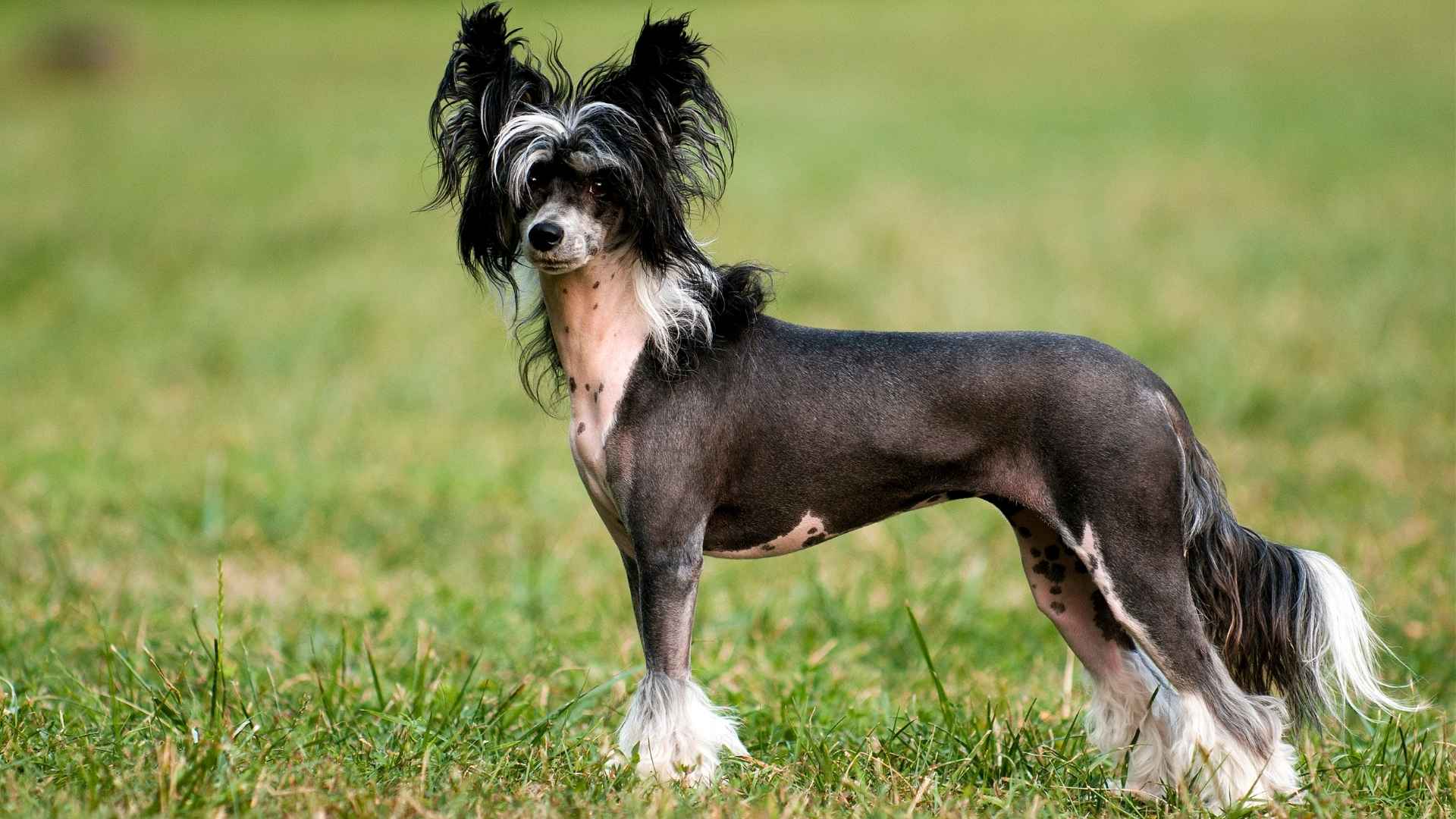You come home from work, drop your keys, and brace for the onslaught of a needy little dog. But instead? Your pup lifts their head, gives a calm glance, then returns to their cozy spot on the couch. No drama. No demand. Just quiet confidence. Not every toy breed craves constant attention.
In fact, some thrive with a bit of space. These are the dogs that can keep themselves busy, don’t fuss over being left alone for a few hours, and bring companionship without clinginess.
They’re smart, self-assured, and often act like they’ve got it all figured out. You might expect this kind of independence from larger dogs, but these small breeds break that mold.
In this guide, we’re walking through toy dogs that offer loyalty without attachment issues, charm without the chaos, and personalities far bigger than their size suggests.
Independent Toy Dog Breeds
1. Shiba Inu
The Shiba Inu stands just under 17 inches tall but carries itself with a self-assured, foxlike confidence. Its compact body and curled tail reflect ancient Japanese lineage. Despite being a toy-sized dog, it rarely shows dependency in day-to-day behavior.
Natural Decision-Maker Indoors and Out
Shibas tend to assess situations before reacting — a trait often observed in solo walks or new environments. They’re comfortable spending time alone and don’t constantly seek human approval. This calm, measured behavior aligns with many traits seen in smart dogs.
Instinctively Self-Governing
They were originally bred for flushing small game in rugged terrain, which required them to act independently without waiting for commands. This background plays into their highly developed sense of autonomy today, even as indoor companions.
Known for the “Shiba Scream”
One of the most popular dog breeds in Japan, they’re famously known for their high-pitched “Shiba scream” — an expressive vocalization triggered by excitement or protest. It’s not excessive barking but a distinct, dramatic trait unique to the breed.
2. Basenji
Basenjis are known for their alert, cat-like independence and non-clingy temperament. They typically operate on their own terms and rarely follow commands blindly. That self-reliant mindset makes them well-suited to owners who value a more autonomous pet.
Clean, Quiet, and Particular
This small dog keeps itself meticulously clean, often grooming like a feline. They’re known for making very little noise and are famously barkless, though they may yodel when excited. This quiet nature adds to their reputation as discreet, low-fuss pets.
Effortless Day-to-Day Management
They require minimal grooming and rarely develop odor, even after activity. Their energy is best channeled through short, focused play or puzzle challenges. For a small dog, they display impressive control and don’t demand constant attention or direction.
A Unique Vocal Expression
Basenjis are one of the few breeds that produce a yodel-like sound called a “baroo,” due to their uniquely shaped larynx. This vocal trait sets them apart from other canine companion types, adding to their singular personality in the dog world.
3. Chinese Crested
The Chinese Crested is lightweight and often described as cat-like in how it perches on furniture and silently observes. It prefers familiar environments but doesn’t cling to constant attention. With a calm home routine, it adjusts well without creating disruptions.
Tends to Choose Solitude
This breed regularly seeks its own cozy corner rather than shadowing its owners all day. Many of them develop predictable patterns of alone time, especially during the afternoon. Their minimal dependency makes them suitable for those seeking low-maintenance companions.
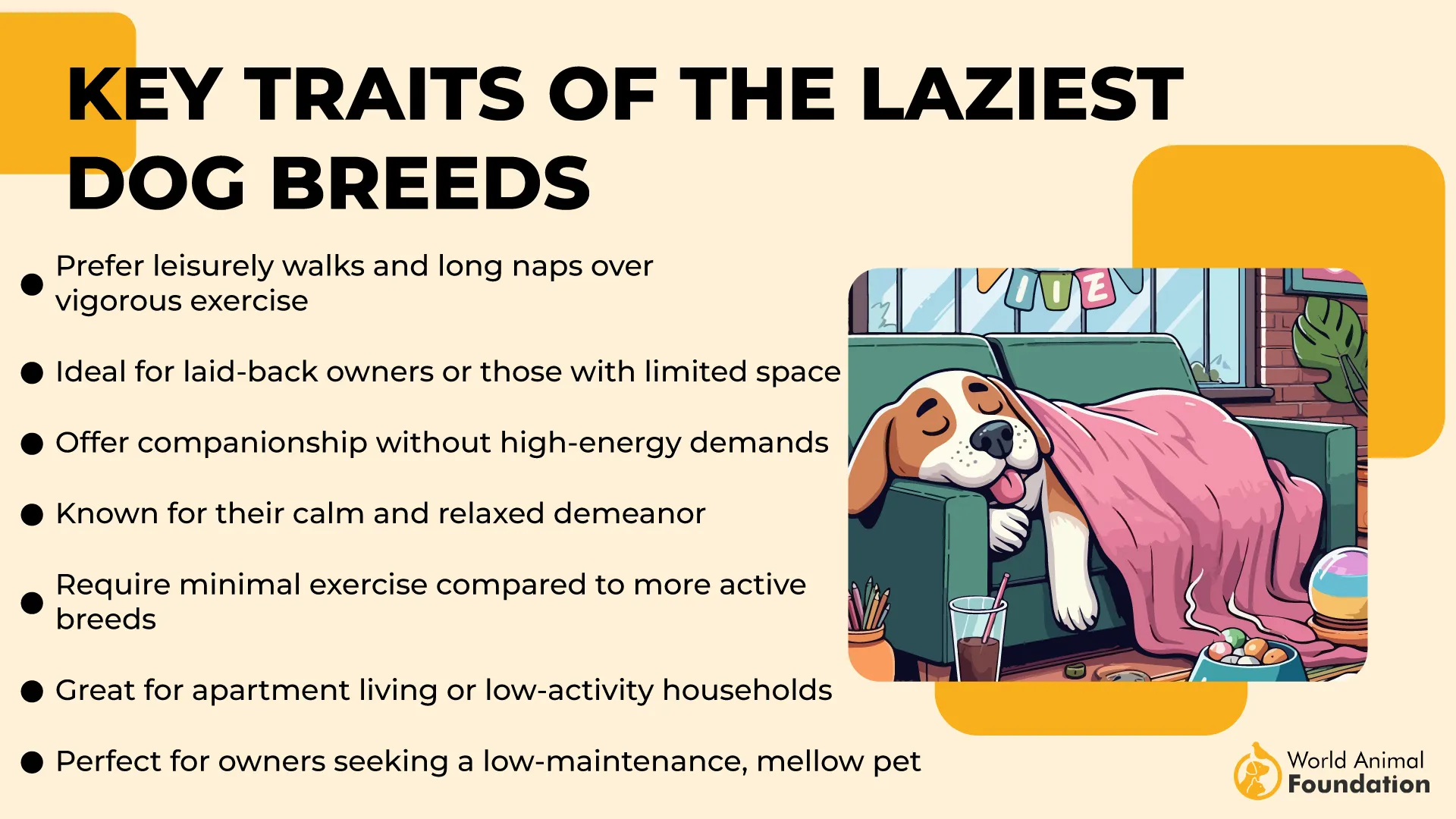
Compatible With Calm Households
They do well with other pets when socialized early, but won’t typically initiate excessive play. Their non-demanding energy helps maintain a balanced atmosphere among family members, especially in quieter households. Their predictability adds to their independent charm.
Naturally Suited for Minimal Grooming
As one of the most recognizable hairless dogs, the Chinese Crested only requires focused skincare, not fur brushing. Its exposed skin needs gentle sun protection and occasional cleaning, but there’s no heavy grooming schedule tied to its maintenance.
4. Biewer Terrier
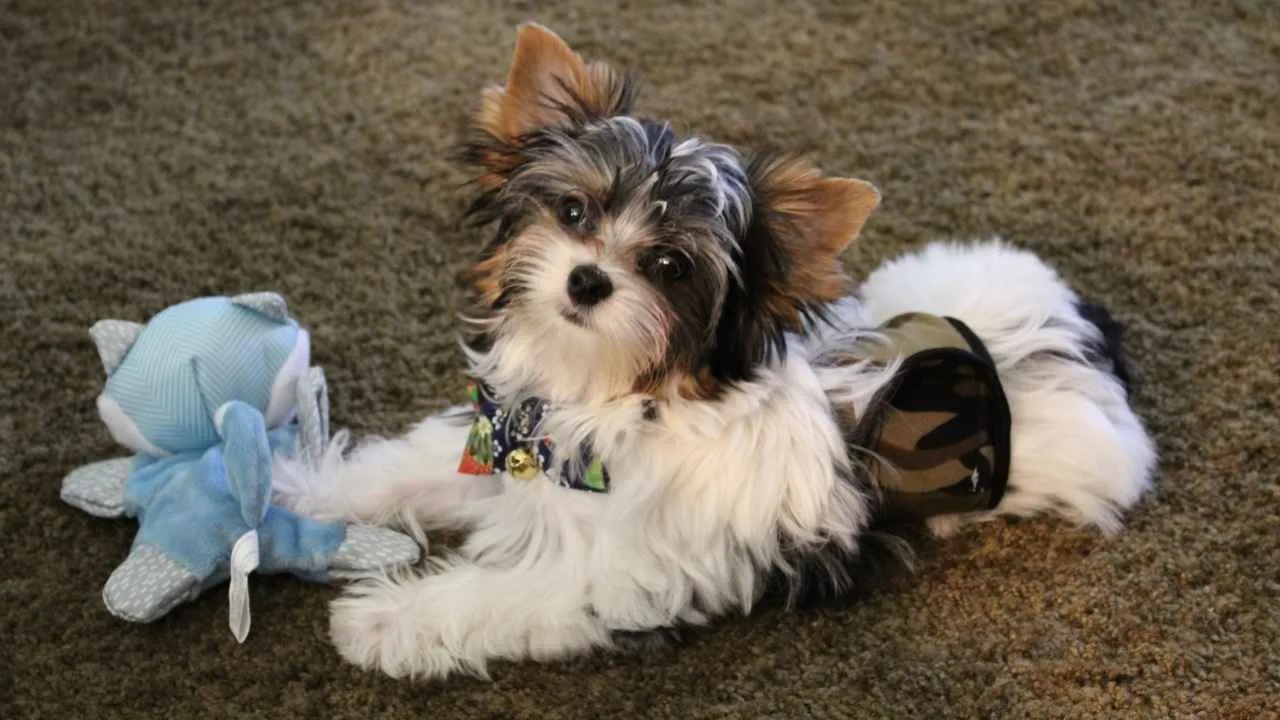
The Biewer Terrier often enjoys quiet corners and doesn’t require constant supervision. It tends to settle calmly in familiar environments without demanding interaction. Breeders frequently describe it as a good-natured companion with an even mood.
Energetic Yet Self-Amusing Indoors
They stay busy indoors by playing independently with soft toys or simply exploring their surroundings. These habits make them especially suited for apartment dwellers with limited space. Their energy is steady and rarely becomes disruptive.
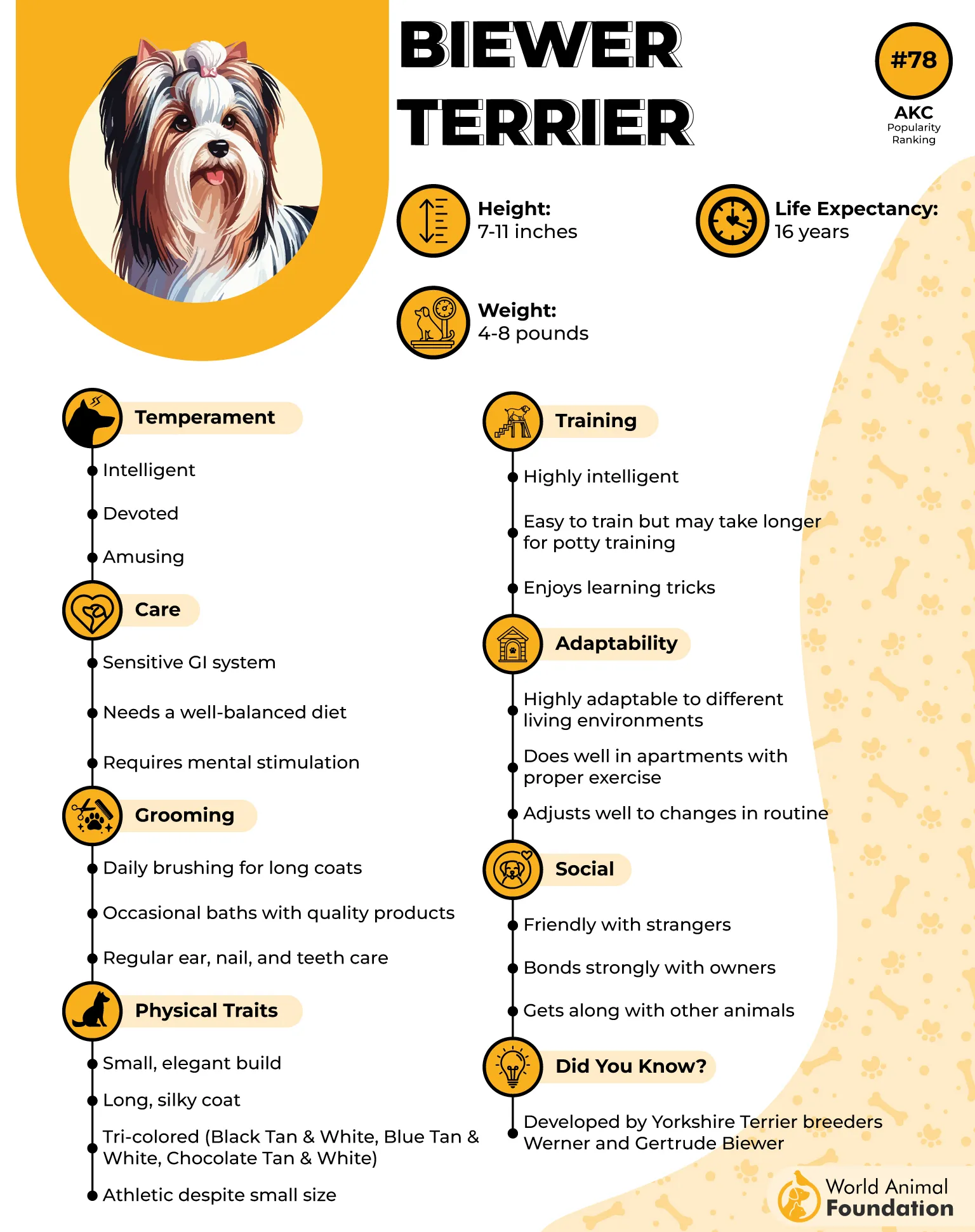
Clean Habits and Minimal Shedding
Their coat is made of silky hair instead of fur, which reduces shedding. This structure also supports a cleaner indoor presence and fewer allergens. Many Biewers display naturally tidy behavior, even without strict training.
Distinctive Coat Pattern
This is the dog breed registered with a blue, white, and gold tricolor coat pattern arranged in a specific genetic configuration. The combination is consistent across the breed and maintained through selective lineage.
5. Pomeranian
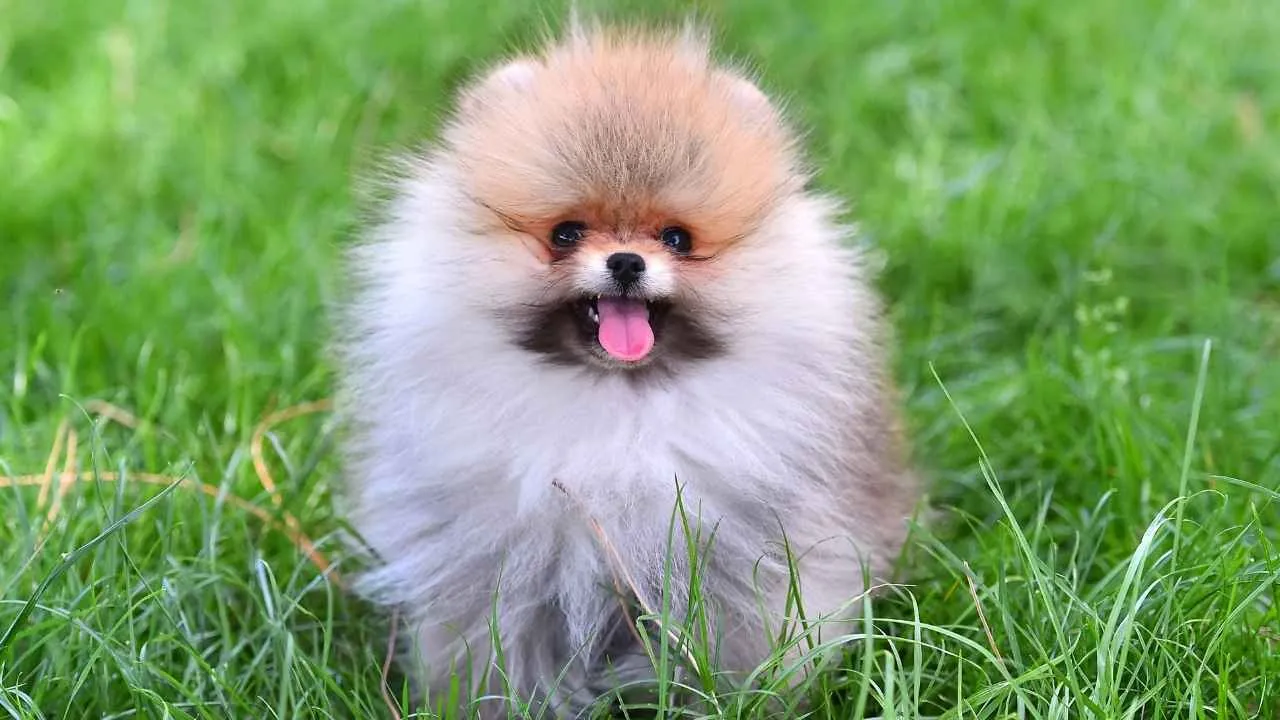
Despite their small stature, Pomeranians are alert, self-assured, and often act as though they’re in charge. Their upright ears and expressive faces reflect a strong-willed temperament. They make decisions quickly and adapt easily without relying on constant direction.
Comfortable With Alone Time
Many Pomeranians can stay calm when left alone for long periods, provided they’re gradually accustomed to it. They often entertain themselves with toys or window watching. This breed can develop a rhythm of solitude when given space and early independence training.
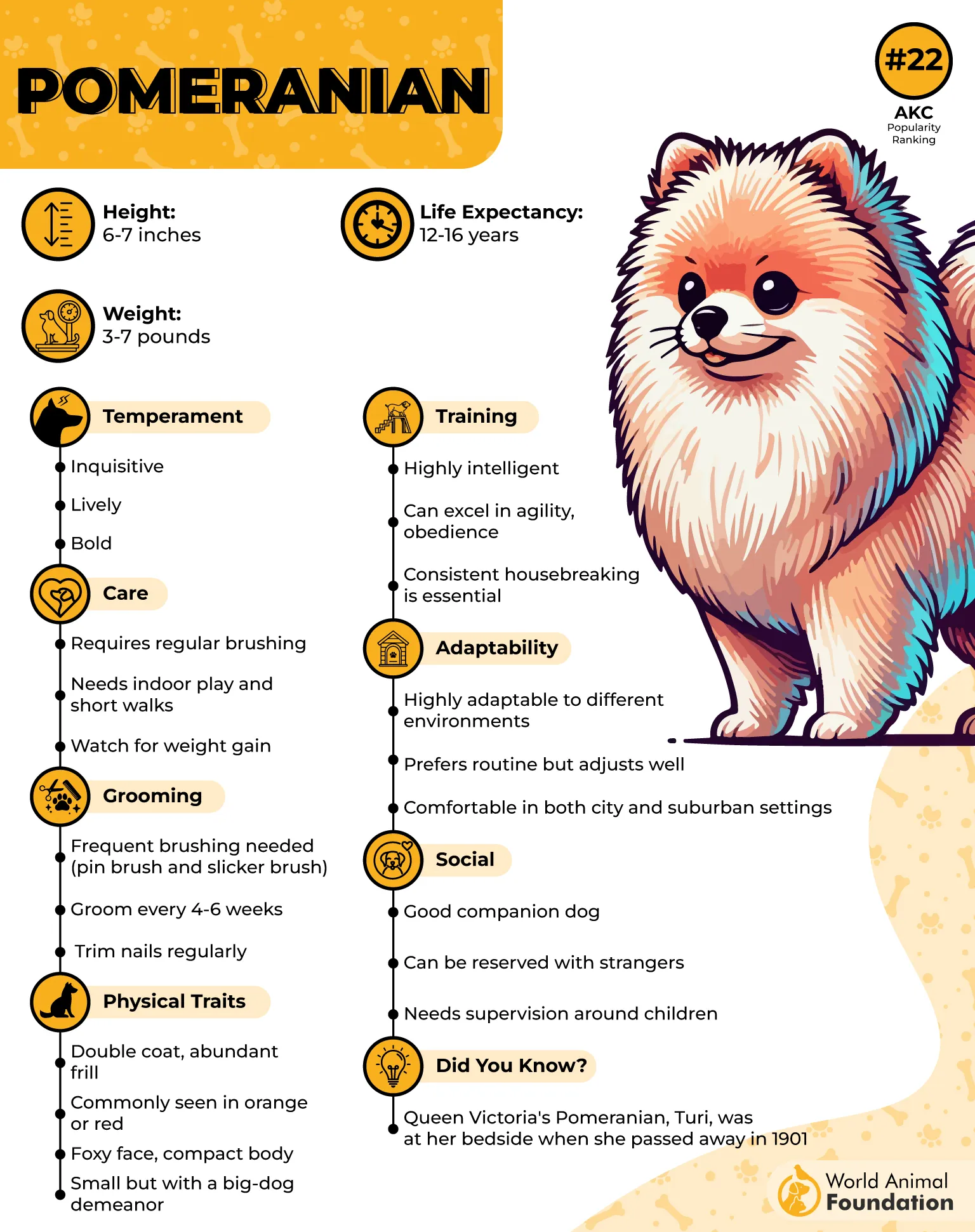
Self-Governed and Confident Indoors
Their independent streak shows when they resist unnecessary handling or demand personal space. Though affectionate, they aren’t needy and typically prefer observing their environment. These qualities help them thrive in smaller homes without becoming clingy.
Famous for Their Vocal Range
One of the great dogs for vocal expression, they’re known for producing a variety of sounds — from excited yaps to attention-seeking barks. This range reflects their natural tendency to communicate boundaries or assert presence.
6. Shih Tzu
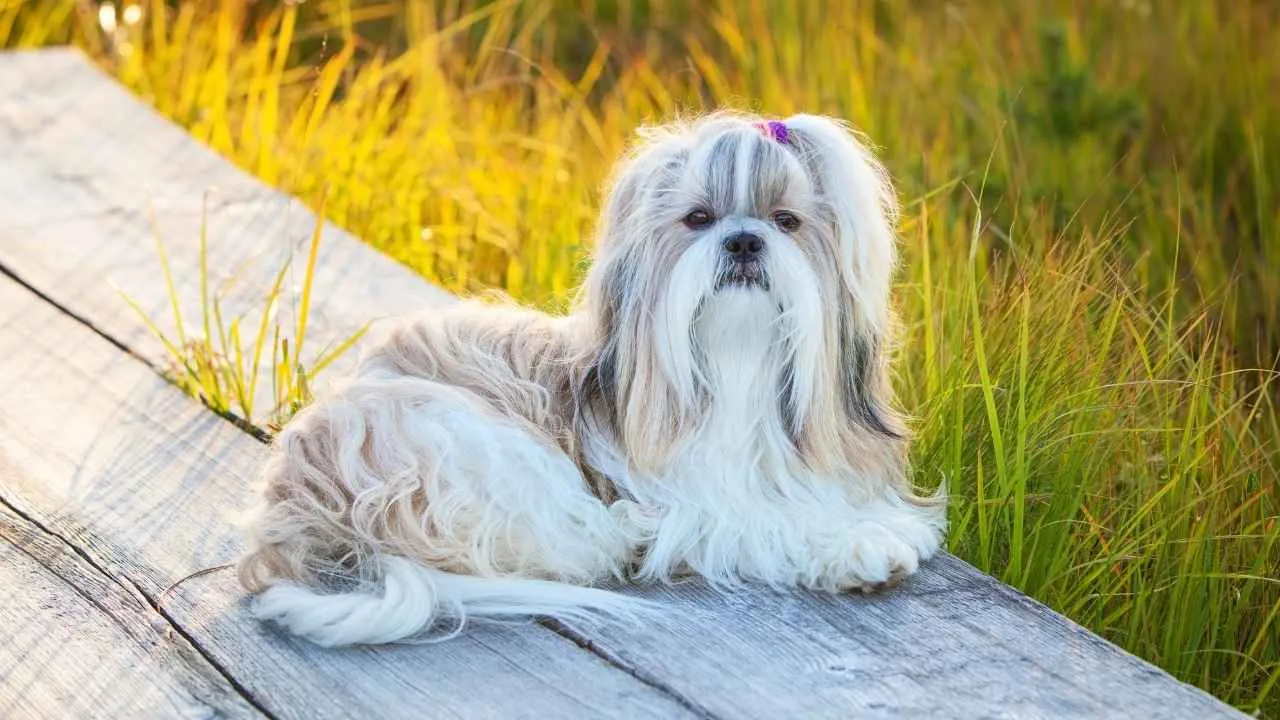
They often choose quiet corners of the house and settle in without needing supervision. They’re perfectly content spending time alone during the day. That calm independence helps them adjust well to a slower home rhythm.
Emotionally Steady, Not Overly Dependent
They form a strong bond with their owners, but usually won’t cling or demand constant touch. Many prefer resting nearby rather than following their person around. This balance in affection is one reason they suit relaxed households.
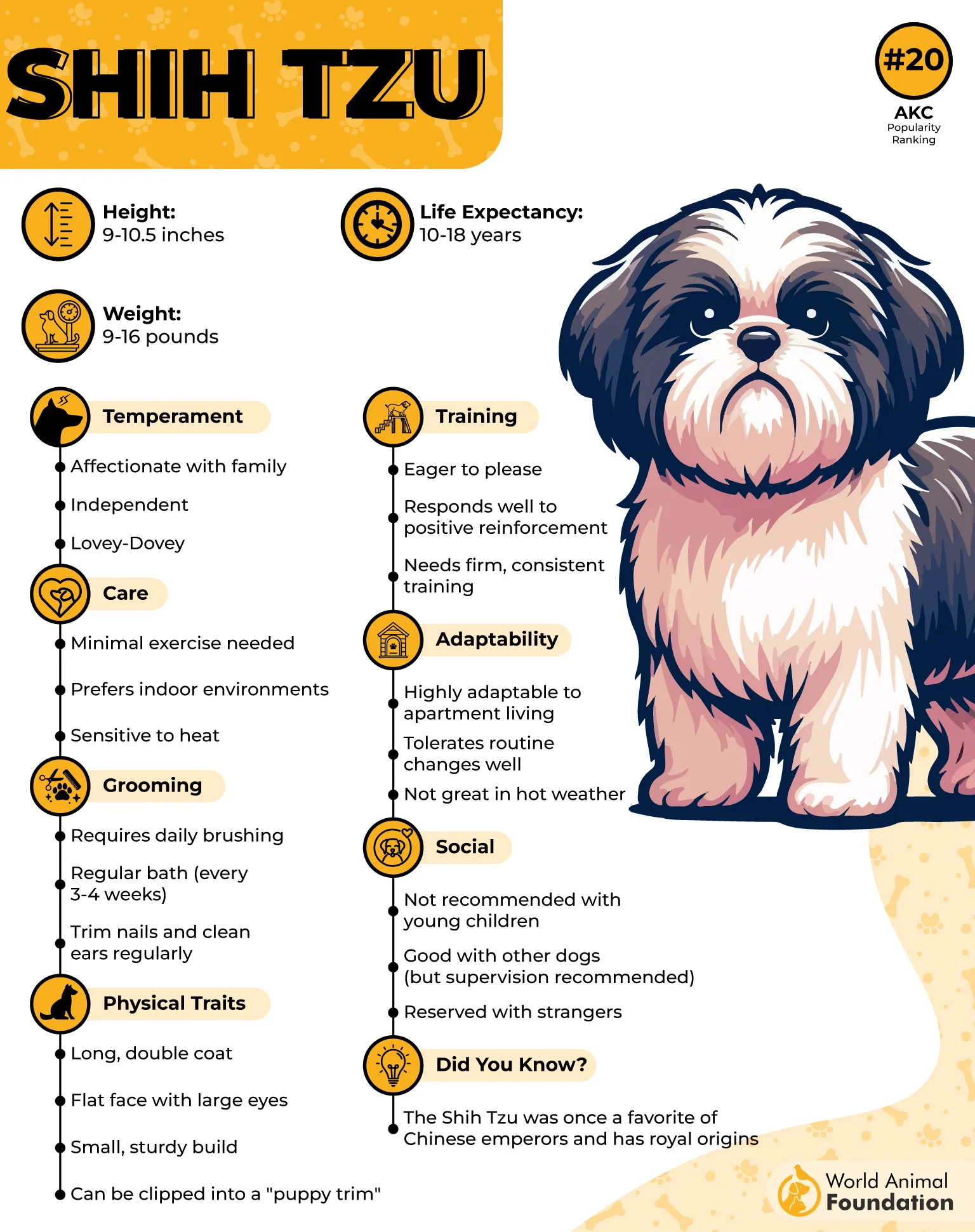
Adaptable Around Children
Shih Tzus are typically patient with kids and don’t overreact to sudden sounds or movements. Their tolerance and gentle demeanor help maintain a calm environment. That makes them a stable choice for families with young children.
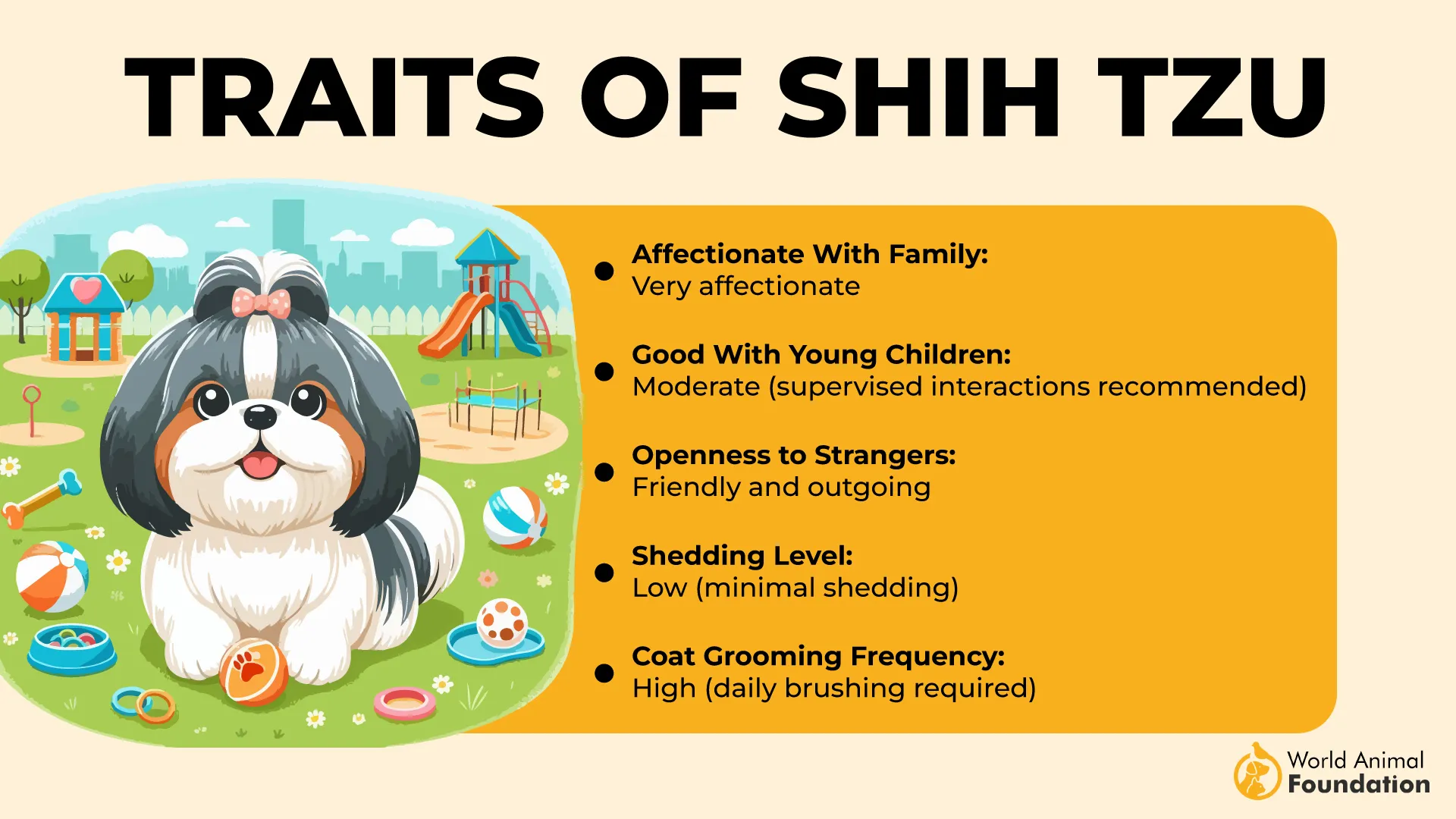
Hair Growth Pattern Around the Face
The breed is known for its chrysanthemum-like facial hair — strands grow outward from the nose in all directions, as documented in the AKC. This feature has remained consistent over generations and is part of what makes the Shih Tzu visually unique.
7. Scottish Terrier
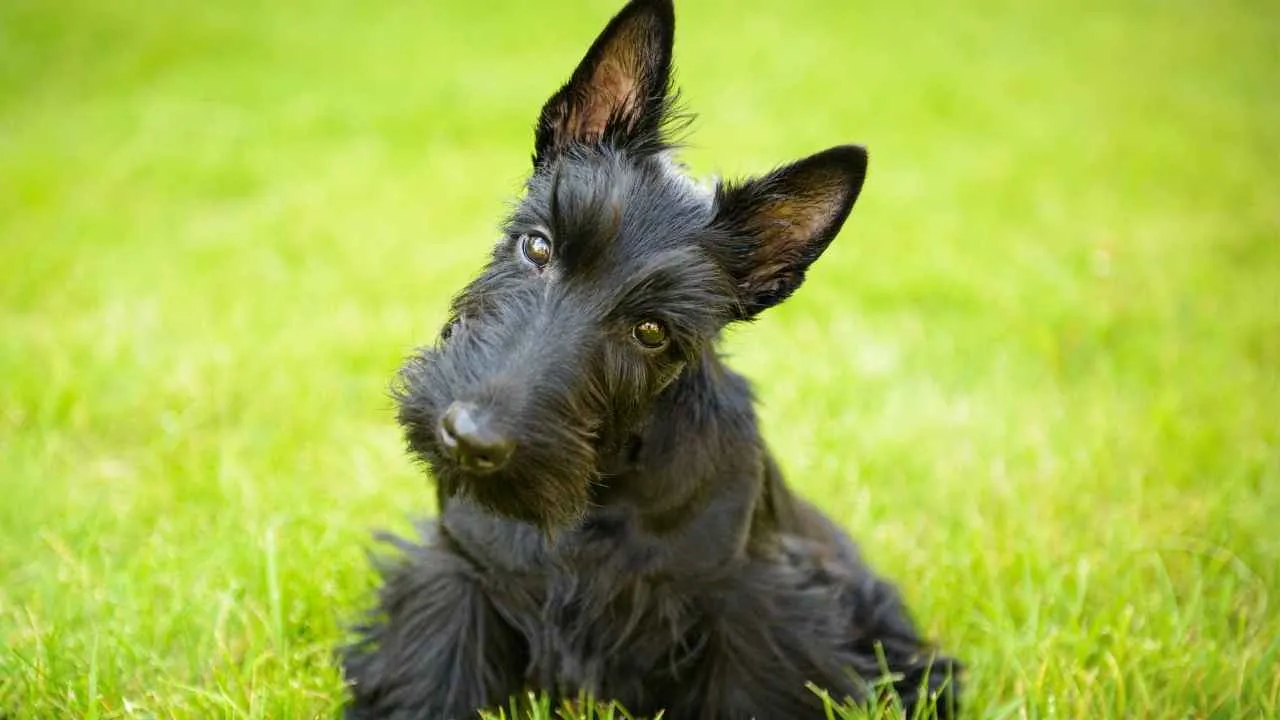
Scottish Terriers are known for forming early opinions and rarely shifting them. Even as puppies, they show a strong preference for doing things their way. Their quiet determination indoors is often mistaken for aloofness but reflects deep-rooted independence.
Compact But Self-Assured
With a small size that’s easy to manage, their body is sturdy and low to the ground, helping them navigate narrow spaces effortlessly. They don’t cling or seek constant reassurance; instead they observe quietly before acting. This behavior makes them ideal for calm households.
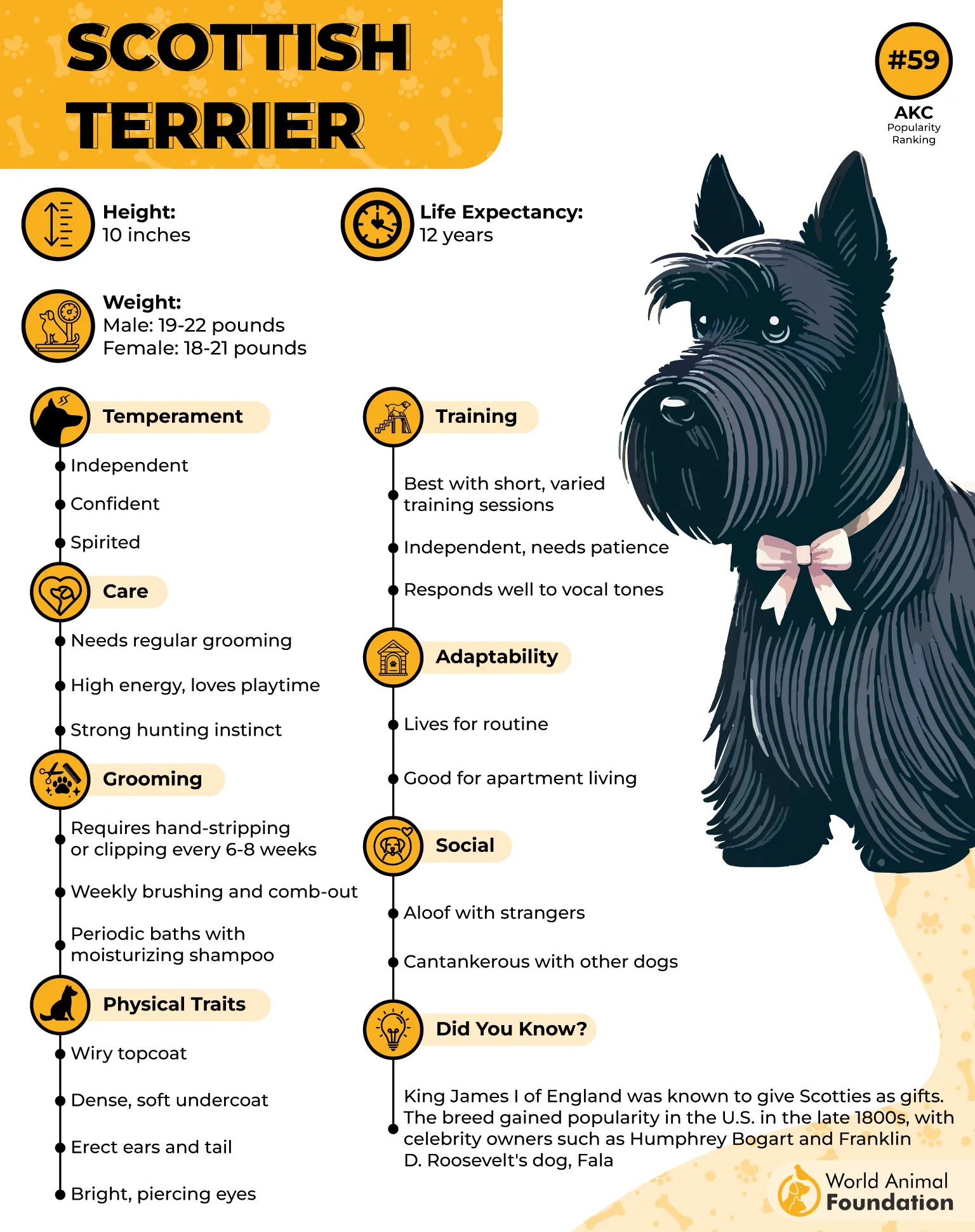
Emotionally Selective by Nature
Scotties are not known to be universally affectionate — they often pick their favorite humans and ignore others altogether. This focused loyalty means they respond best in homes where boundaries are respected. Their interactions tend to be subtle but intentional.
A Trait That’s Hard to Miss
They’re one of the few breeds whose huge personalities have been recognized on both sides of the Atlantic — even making it as a Monopoly token, as mentioned in the Showsight Magazine. This reflects their strong cultural imprint, backed by their trademark dignity and bold walk.
Conclusion
Not every small dog fits the mold of classic lap dogs. While many toy breeds are affectionate, some shine in their ability to be present without being overbearing. The independent breeds we covered each carry a quiet confidence that sets them apart from more popular toy breeds.
Whether wrapped in a silky coat or a plush double coat, they bring personality that doesn’t rely on constant interaction. These dogs enjoy companionship but are also content with solo play or simple mental stimulation.
If you’re looking for a low-maintenance pet with a strong spirit, these toy dogs prove that independence comes in all sizes—especially the smallest ones.


